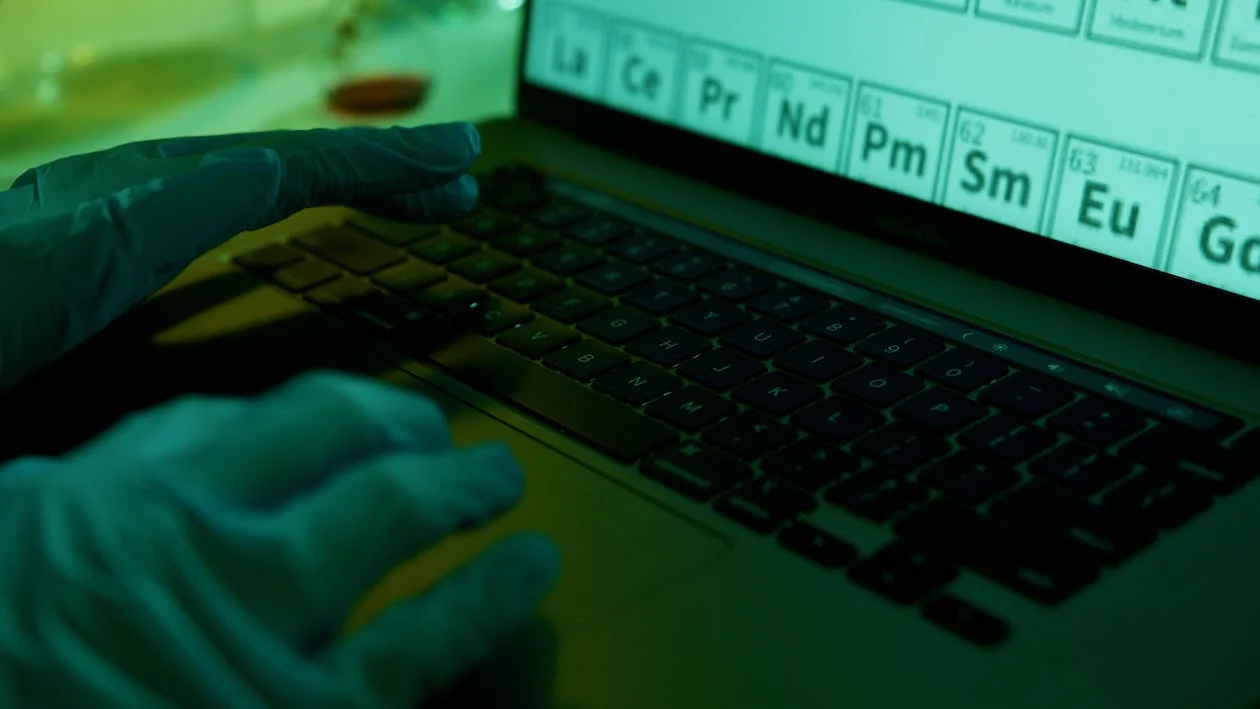While encoding and reproducing visuals and sounds are key features of modern technology, no such technology exists to understand scents, which is far more complex.
Osmo executive Alex Wiltschko hopes to utilise AI technology to better understand the world of smells.
“The first thing to remember is how little attention and work has occurred in olfaction versus other fields,” said Wiltschko, recalling his experience studying neural science textbooks.
“I took callipers and measured the width of the paper that’s used to teach vision and hearing. It’s about three quarters of an inch for vision. It’s about a half an inch for hearing. It’s maybe 30 pages – a few millimetres – for smell.”
The science of smelling is complex, but in essence, the human nose detects chemicals, or volatile organic compounds (VOCs) that are released into the air.
There are a number of potential applications for digitised scent-detection, including to detect contaminants in good, carcinogens, gas leaks, explosives, or health issues.
Wiltschko elaborated on the process of mapping smells and how he felt AI would be vital to the project.
“You can’t design anything of meaningful complexity without a specification. You can’t build a digital camera without the red, green, blue colour model (RGB). You can’t build a microphone without a low to high frequency space. And so the map has to come before the engineering,” said Wiltschko.
“RGB is three-dimensional, but you can depict it on a flat piece of paper. There’s three channels of colour information in our eye, but there’s 350 channels of odour information in our nose.
“Whatever map we were going to find was not going to fit on a flat piece of paper. Therefore, the map-making tools we’ve used as scientists in the past were not going to help us. We needed to wait for software, for artificial intelligence, for statistical analysis of patterns in large datasets.”
However, there are limitations to the perception of smells, which could impact the accuracy of the data used by the AI.
Rachel Herz, from Brown University’s department of psychiatry and human behaviour, discussed these challenges.
“Though there are connections, the relationship between chemical structure and qualitative olfactory perception is not directly linked,” says Herz.
“The human level is influenced by a multitude of variables ranging from experience, context, and language to individual differences in the genetic expression of olfactory receptors.”






